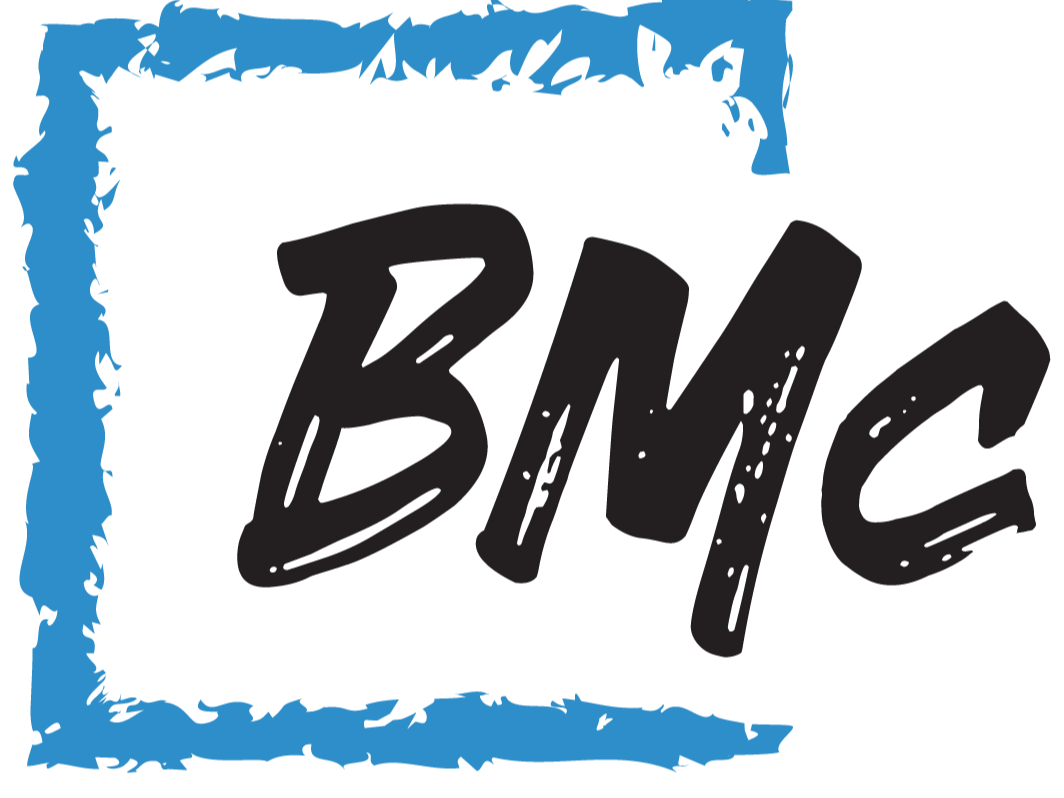The Bounce: How to Build Resilience and Come Back Stronger
- Brett McCallum
- Jul 4
- 5 min read
1. Introduction: Why Resilience Matters More Than Ever
If you search “Brett McCallum,” you’ll find a bloke who’s been knocked down more times than he can count—and who’s always found a way to get back up. In business, sport, and life, resilience is the difference between those who stay down and those who bounce back stronger.
We live in a world that loves a comeback story. But what most people don’t see is the grit, the pain, and the lessons learned in the dark before the light returns. That’s what this blog is about: The Bounce—the art and science of getting back up, no matter how hard you fall.
2. What Is “The Bounce”?
Let’s get one thing straight: resilience isn’t about never falling. It’s about what you do after you hit the ground.
The Bounce is my way of describing that moment when you decide, “I’m not done yet.” It’s the split second when you choose to learn, adapt, and have another crack—even when you’re bruised, battered, and doubting yourself.
It’s not just about business. The Bounce is for anyone who’s ever lost a job, failed an exam, had a relationship fall apart, or faced a health scare. It’s about refusing to let failure have the last word.
3. My Biggest Bounces: Personal Stories of Setback and Comeback
I’ve had more than my fair share of setbacks. Here are a few that shaped me—and the lessons I took from each.
The Retirement That Wasn’t
At 31, I’d “made it.” I’d set a goal to retire by 30, missed it by six months, but I got there. I thought I was set for life. But within a year, a property deal went sideways and I lost the lot. I went from feeling invincible to feeling like a complete failure.
I remember sitting at the kitchen table, staring at the numbers, realising I’d have to start over. The shame was real. I felt like I’d let my family down. But after a few days of wallowing, I made a decision: I wasn’t going to let this be the end of my story. I got back to work, rebuilt, and came back stronger.
Kicked Out of My Own Company
There’s nothing quite like being shown the door at the business you founded. I was the visionary, the guy who made it happen. But business is business, and sometimes things go pear-shaped. I could have played the victim, but instead I chose to reflect, learn, and bounce back.
That experience taught me more about leadership, humility, and the importance of building a team that shares your vision than any success ever could.
The Tough Mudder
Not all bounces are about business. I once broke my leg during a Tough Mudder race—on the third obstacle. Most people would have called it a day. I kept going, finished the race, and did it again the next year. That experience taught me that resilience isn’t just mental—it’s physical, too. Sometimes you have to push through pain to prove to yourself what you’re capable of.
Family Loss and Grief
The hardest bounces aren’t always public. Losing my little bloke was a blow I never saw coming. There’s no “bouncing back” from that kind of loss, but there is a way to keep moving forward, to honour his memory by living fully and loving fiercely. My family is my reason for everything, and they’ve taught me more about resilience than any business ever could.
4. The Mindset of Resilience: How to Think Like a Bouncer
Resilience starts in your head. Here’s how I’ve trained my mind to bounce, even when it feels impossible.
1. Accept Reality, Fast
Denial keeps you stuck. The sooner you accept what’s happened, the sooner you can start bouncing.
2. Own Your Part
Blame is easy. Growth is hard. I’ve learned to look in the mirror and ask, “What could I have done differently?”
3. Focus on What You Can Control
You can’t change the past, but you can control your response. I focus on the next step, not the last mistake.
4. Stay Curious
Every setback is a lesson in disguise. I ask myself, “What is this trying to teach me?”
5. Keep Perspective
No failure is final unless you let it be. I remind myself that every bounce is a chance to write a new chapter.
5. Tools and Habits for Bouncing Back
Resilience isn’t just a mindset—it’s a set of habits. Here are the tools I use to keep bouncing, no matter what life throws at me.
1. Daily Reflection
I spend ten minutes every morning reflecting on what went well, what didn’t, and what I can do better today.
2. Physical Fitness
Resilience is as much about the body as the mind. I train regularly, not just for fitness, but to remind myself I can do hard things.
3. Journaling
Writing down my thoughts helps me process setbacks and spot patterns. It’s my way of turning chaos into clarity.
4. Mentorship
I seek out mentors who’ve been through the wringer and come out the other side. Their stories remind me that I’m not alone.
5. Gratitude Practice
Even on the worst days, I find something to be grateful for. It keeps me grounded and focused on what matters.
6. Helping Others Bounce: Mentorship and Community
One of the best ways to build your own resilience is to help others build theirs.
Why I Mentor
I’ve mentored hundreds of entrepreneurs, and every time I help someone bounce back, I get stronger, too. There’s something powerful about sharing your scars and showing others that failure isn’t fatal.
Building a Community of Bouncers
Resilience isn’t a solo sport. I surround myself with people who lift me up, challenge me, and remind me that every setback is temporary. Whether it’s my family, my mates, or my business partners, I know I can’t do this alone.
7. The Science of Resilience: Why Some People Bounce Higher
Research shows that resilience isn’t just about genetics—it’s about habits, mindset, and support.
The Role of Adversity
People who’ve faced challenges early in life often develop stronger resilience muscles. It’s not about avoiding pain—it’s about learning to process it.
The Power of Purpose
Having a reason to get back up—a family, a mission, a dream—makes all the difference. For me, my family and my passion for helping others are what keep me bouncing.
Social Support
Resilient people have strong networks. They ask for help, lean on others, and give back when they can.
8. Action Plan: How to Build Your Own Bounce
Ready to become more resilient? Here’s a step-by-step plan:
Step 1: Acknowledge Your Setback
Write down what happened. Be honest, but don’t wallow.
Step 2: Reflect and Learn
Ask yourself: What went wrong? What can I control? What will I do differently next time?
Step 3: Set a New Goal
Pick something achievable. It could be as simple as making one phone call or as big as starting a new business.
Step 4: Take Action
Don’t wait for motivation—act your way into feeling better.
Step 5: Celebrate Progress
Every small win is a step toward a bigger bounce.
Step 6: Share Your Story
Tell someone what you’ve learned. It’ll help you process the setback and inspire others.
9. FAQ: Resilience, Setbacks, and the Entrepreneur’s Journey
Q: How do I know if I’m resilient?
A: If you’ve ever bounced back from a setback, you’re already resilient. The key is to keep building that muscle.
Q: What if I feel stuck?
A: Start small. Take one action, no matter how tiny. Momentum builds resilience.
Q: How do I help my team become more resilient?
A: Lead by example. Share your own bounces, celebrate theirs, and create a culture where failure is seen as a learning opportunity.
10. Conclusion: Your Next Bounce Starts Now
If you’re reading this and you’ve been knocked down—good. You’re in the right place. The only real failure is staying down.
Resilience isn’t about being tough all the time. It’s about being honest, learning fast, and refusing to let setbacks define you. That’s The Bounce.
So next time life knocks you flat, remember: Brett McCallum bounces. You can, too.



Comments